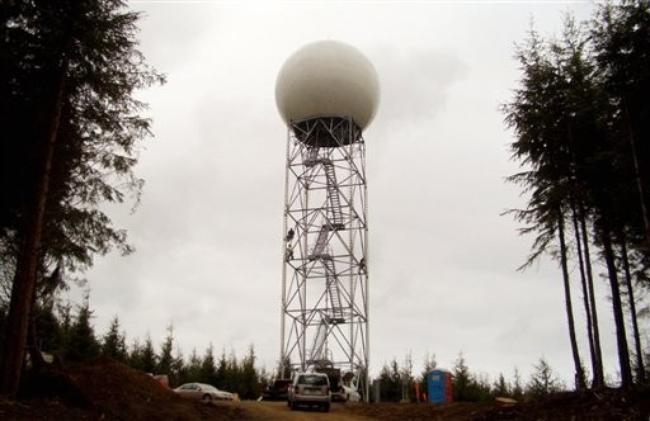

But a group of economists recently tried.

While weather forecasts clearly have value, it's proved hard for economists to determine just how valuable they can be. They help countless people take precautions for the future, literally saving lives. They help the tourism industry predict tourist flows. They help construction crews make decisions about building. They help farmers make decisions about crops. They may be one of the many things we take for granted in the modern world, but more accurate weather forecasts - and our ability to access them anytime on our smartphones - have tremendous value for our economy. Now they can make relatively accurate forecasts ten days in advance. The two-day forecast for heavy rainfall is now as good as the same-day forecast was back in the mid-1990s.įlawed predictions about the path of hurricanes are about half as likely as they were just a few decades ago.īack in 1990, forecasters could only provide a relatively accurate prediction of weather seven days in advance. Today, a five-day weather forecast is as accurate as a one-day forecast was back in 1980. And supercomputers and advanced statistical models aggregate all this data and help forecasters put together a vivid picture of what's going to happen to our weather in the future.Įquipped with all this technology, meteorologists have been making stunning progress: Satellites circle the earth, beaming in valuable imagery and data. Automated surface-observing systems provide real-time data about conditions on land. Radiosondes, attached to weather balloons, float through the upper stratosphere, gathering data on temperature, humidity, air pressure, wind speed and direction. Doppler radar towers detect precipitation and wind patterns. Today, forecasters are equipped with a stunning array of technology to make weather predictions. Newfangled airplanes were becoming more important in helping to make forecasts, but forecasters were still heavily reliant on random ships in the sea to inform them about weather patterns, like the track of hurricanes. Back then, to make forecasts, meteorologists "relied on the 16th-century thermometer, the 17th-century mercurial barometer, and the medieval weather vane," writes the historian William Manchester. Weather forecasts have come a long way since the 1930s.

National Archives 1938 Hurricane Damage at Crescent Beach in Connecticut. And - because of bad forecasting - many of these victims were taken completely by surprise. The Great Hurricane of 1938, or "The Long Island Express" as it was also called, would become one of the most destructive hurricanes in American history. The impact of the tidal surge was so strong that it registered on seismographs as far away as Alaska. "If New York and the rest of the world have been so well informed about the cyclone it is because of an admirably organized meteorological service," the paper wrote.īut that very same morning, off the coast of Long Island, the angry vortex of water and 120-mph winds was already barreling back towards land. The New York Times, in its same edition on September 21, even praised the weather agency for its work in tracking the storm. It deemed the cyclone as posing no threat. And, despite the warnings of one junior forecaster, the agency decided the system would continue spinning away and die in the middle of the Atlantic Ocean. The storm ended up changing course and veering away from the Florida coast. Weather Bureau - the predecessor to the National Weather Service - had been tracking a hurricane that was threatening the coast of Florida. "The indications are for rain and cool weather today and for cloudy and continued cool weather, probably with rain, tomorrow, according to the map charted at the United States Weather Bureau at 7:30 o'clock (EST) last night," the paper wrote. On the morning of September 21, 1938, The New York Times published a run-of-the-mill weather forecast that rang no alarm bells for its readers.


 0 kommentar(er)
0 kommentar(er)
